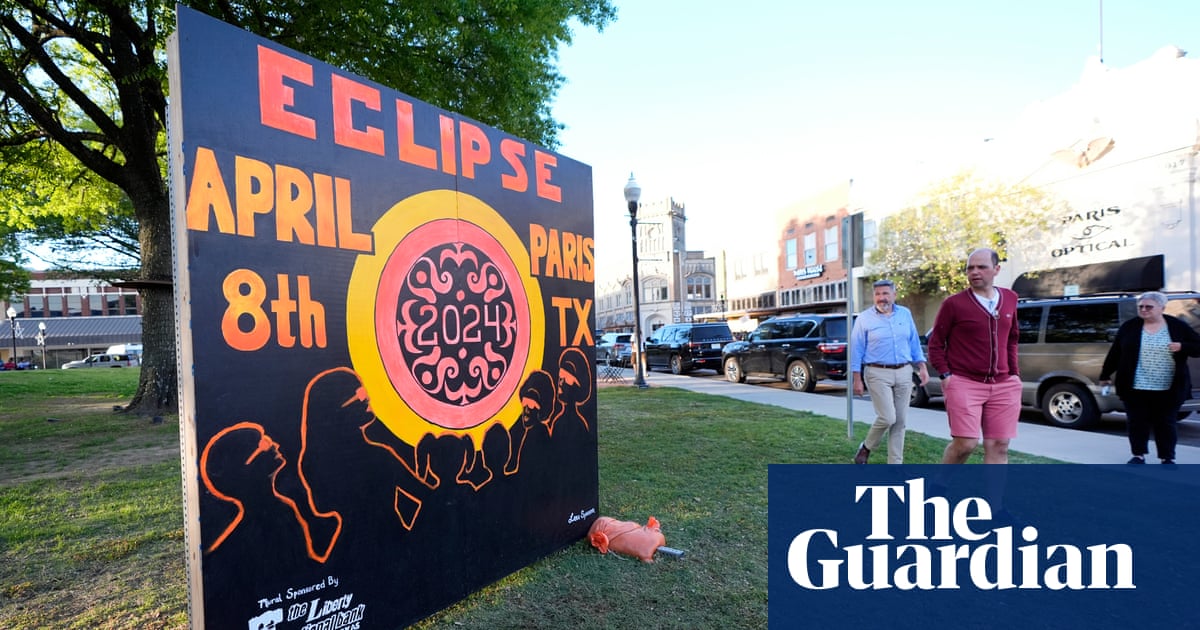Maybe it was cloudy when you tried to view the eclipse, or you live outside the path of totality. Perhaps you enjoyed the spectacle so much that you just can’t wait for the next one.
Either way, there are more opportunities coming to witness the celestial spectacle of a solar eclipse, even if you’ll have to wait 20 years for the next one with totality to touch any part of the mainland US.
An annular eclipse, when the moon crosses the center of the sun but is so far from Earth that it does not completely block it, will take place on 2 October this year in Uruguay and Argentina, with a partial eclipse visible in several South American countries.
Europe, including the UK, gets a turn on 29 March next year, when a partial solar eclipse will pass over. Some cities in Scotland will experience more than 40% obscuration of the sun.
And the next total eclipse anywhere is 12 August 2026, covering large areas of the northern hemisphere, although totality will be limited to Greenland, Iceland, Spain, Russia and a small area of Portugal. The UK will see a partial eclipse of more than 90%.
after newsletter promotion
In the mainland US, the next total solar eclipse is on 22 August 2044 in North and South Dakota and Montana, plus northern Canada. After that, it’s less than a year until the next coast-to-coast total eclipse in the US, on 12 August 2045, spanning California to Florida.
“After people see a total solar eclipse, the first question they ask is when the next one is,” said John Gianforte, professor of space science at the University of New Hampshire, and the director of its observatory.
“Eclipses are quite frequent, not all of them are total but some of them are, and some of them aren’t all that far away. People who’ve seen one understand why people get emotional and make a big deal about traveling to watch a total solar eclipse.”
Nasa has a list of upcoming solar and lunar eclipses here.

